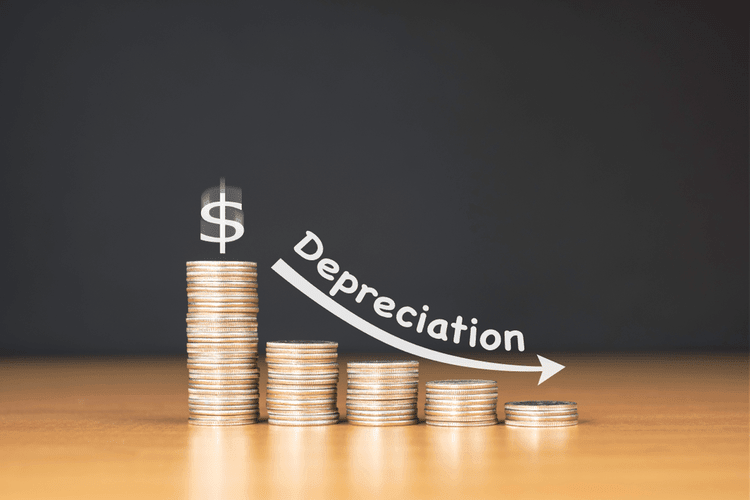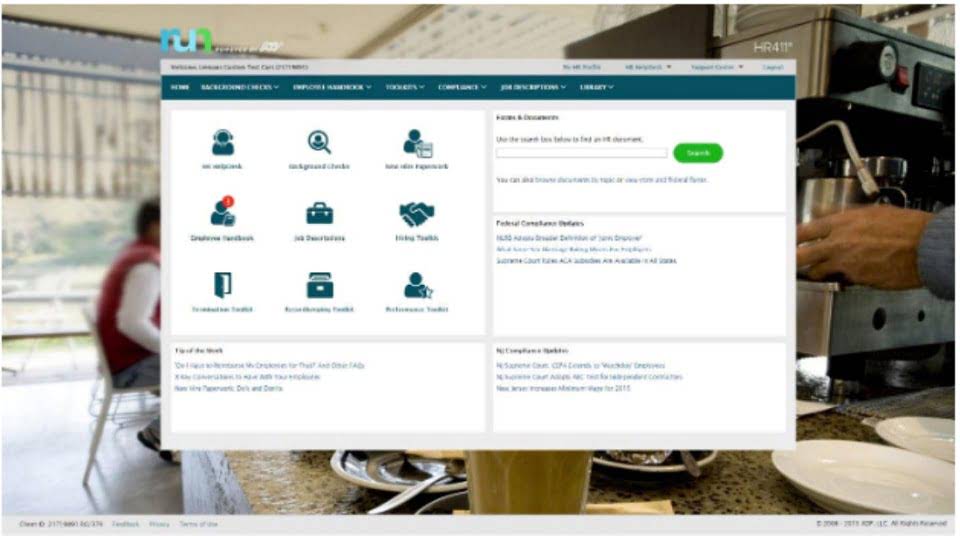Companies may take out a business loan to purchase equipment, real estate, a business vehicle, and more. Single-payment Notes Payable are the simplest type of promissory note. Negative amortization occurs when the principal payments of a loan are smaller than the interest costs. As a result, the loan balance continues to increase, as unpaid interest charges are added to the principal amount. Accounts payable, notes payable and loans payable are the most common type of liabilities. Now, that we have an understanding of notes payable, is it an asset or liability?
They differ from other liabilities in their formal structure and the specificity of their terms. Accounts payable, for instance, represent short-term obligations to suppliers for goods or services received on credit. These do not typically involve formal agreements or interest payments and are what is payback period settled within shorter time frames. When it comes to notes payable, the borrower borrows from another party, promising to repay with interest, and as such incurs a debt. Hence, notes payable is not an asset but a liability because debt is incurred when a promissory note is issued.
- Note Payable is credited for the principal amount that must be repaid at the end of the term of the loan.
- The company borrowed $20,000 from a bank due in six months with a 12% interest rate.
- The discount on notes payable in above entry represents the cost of obtaining a loan of $100,000 for a period of 3 months.
- Additionally, the tax treatment of the discount or premium on notes payable also requires careful consideration.
- The note in Case 2 is drawn for $5,200, but the interest element is not stated separately.
3.1 Short-Term Note Payable
Learn all about notes payable in accounting and recording notes payable in editing the transactions sheet your business’s books. We’ve comprehended the concept of notes payable, the right accounting treatment, journal entries, and examples to further elaborate the idea. The due date and allowed period are also mentioned on the note payable.
Account
The entry is for $150 because the amortization entry is for a 3-month period. After the entry on 31 December, the discount account has a balance of only $50. At the end of the note’s term, all of these interest charges have been recognized, and so the balance in this discount account becomes zero. To accomplish this process, the Discount on Notes Payable account is written off over the life of the note. Interest expense is not debited because interest is a function of time.
The company owes $21,474 after this payment, which is $31,450 – $9,976. The company owes $31,450 after this payment, which is $40,951 – $9,501. The company owes $40,951 after this payment, which is $50,000 – $9,049. Often, to fulfill its needs, the business borrows money from outside parties. As the loan will mature and be payable on the due date, the following entry will be passed in the books of account for recording it. Let’s look at what entries are passed in the journal for notes payable.
Parties Of Note Payable
- A note payable is an unconditional written promise to pay a specific sum of money to the creditor, on demand or on a defined future date.
- When it comes to financial accounting, distinguishing between assets and liabilities can be a crucial task.
- Also, AP automation can improve your payment accuracy by capturing invoice data at 99.5% accuracy.
- Well, we’re here to remove any confusion or complications around notes payable.
- These agreements detail all important points surrounding the transaction.
A note payable serves as a record of a loan whenever a company borrows money from a bank, another financial institution, or an individual. When one takes up the loan and signs the agreement, it becomes the debit entry on the part of the one who borrows the amount. As soon as the loan is repaid, the note payable account of the borrower is still on the debit side and cash on the credit side. This is because the debit side indicates no further liability for the borrower with the cash account being credited. Liabilities on a company’s balance sheet are a representation of its obligations, but not all liabilities are created equal. Notes payable, as discussed, are formal agreements to pay a specified sum at a future date and often carry interest.
A Note Payable is a legally binding agreement, which means that a borrower must follow the lending terms. The contract will likely include information on fees that will apply should the borrower be late with payments. If the borrower continues not to pay the agreed amounts, the lender may send the loan to collections or pursue legal action. Amortized Notes Payable require the borrower to pay fixed monthly amounts that will be applied toward the principal balance of a loan and its interest. As the loan is paid down more and more, a larger portion of the payment goes toward the principal, and a smaller portion – toward interest. Kelly shortlists a residential property and decides to go ahead with it.
Types of Notes Payable
When a company purchases bulk inventory from suppliers, acquire machinery, plant & equipment, or take a loan from a financial institution. Every company or business requires capital to fund the operations, acquire equipment, or launch a new product. Unlike cash-basis accounting, accrual accounting suggests recording a transaction in financial records once it occurs, regardless of when cash is paid or received. The company working capital formula obtains a loan of $100,000 against a note with a face value of $102,250. The difference between the face value of the note and the loan obtained against it is debited to discount on notes payable. An interest-bearing note is a promissory note with a stated interest rate on its face.
Trial Balance
In addition, the timeframe can differ hugely and range from a few months to five years or maybe more. In short, these promissory notes can be short-term with a validity of up to a year or long-term, involving a timeframe of more than a year, given the period of payment and repayment involved. Businesses use notes payable when they borrow money from a lender like a bank, financial institution, or individual. Essentially, they’re accounting entries on a balance sheet that show a company owes money to its financiers. It is recorded by debiting the Notes Payable account and crediting the cash account, reflecting an increase in liabilities and a decrease in assets.
Payment at Maturity of the Note
On February 1, 2019, the company must charge the remaining balance of discount on notes payable to expense by making the following journal entry. The note payable issued on November 1, 2018 matures on February 1, 2019. On this date, National Company must record the following journal entry for the payment of principal amount (i.e., $100,000) plus interest thereon (i.e., $1,000 + $500). Every Notes Payable transaction must be properly recorded in a general journal, to be later summarized on the balance sheet. This requires the use of double-entry accounting, which means that every financial transaction must have an equal and opposite effect in at least two other different accounts. Any Notes Payable with a repayment term of over one year are considered long-term liabilities.





